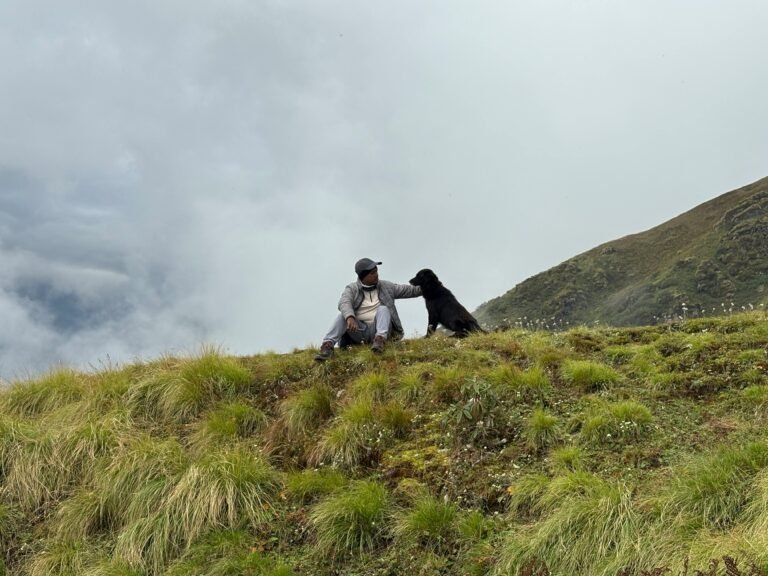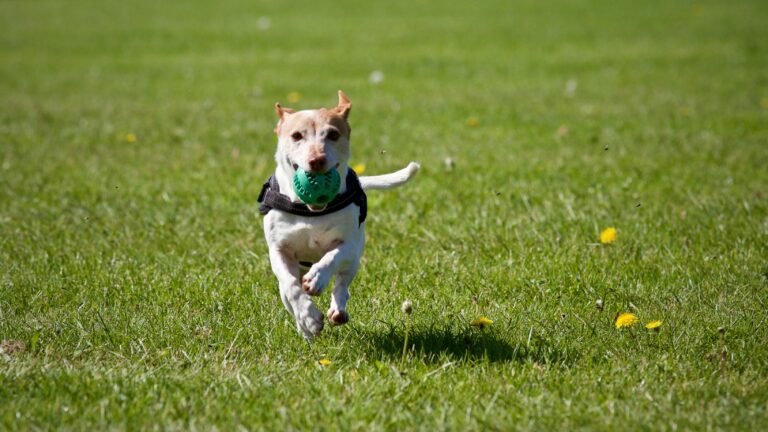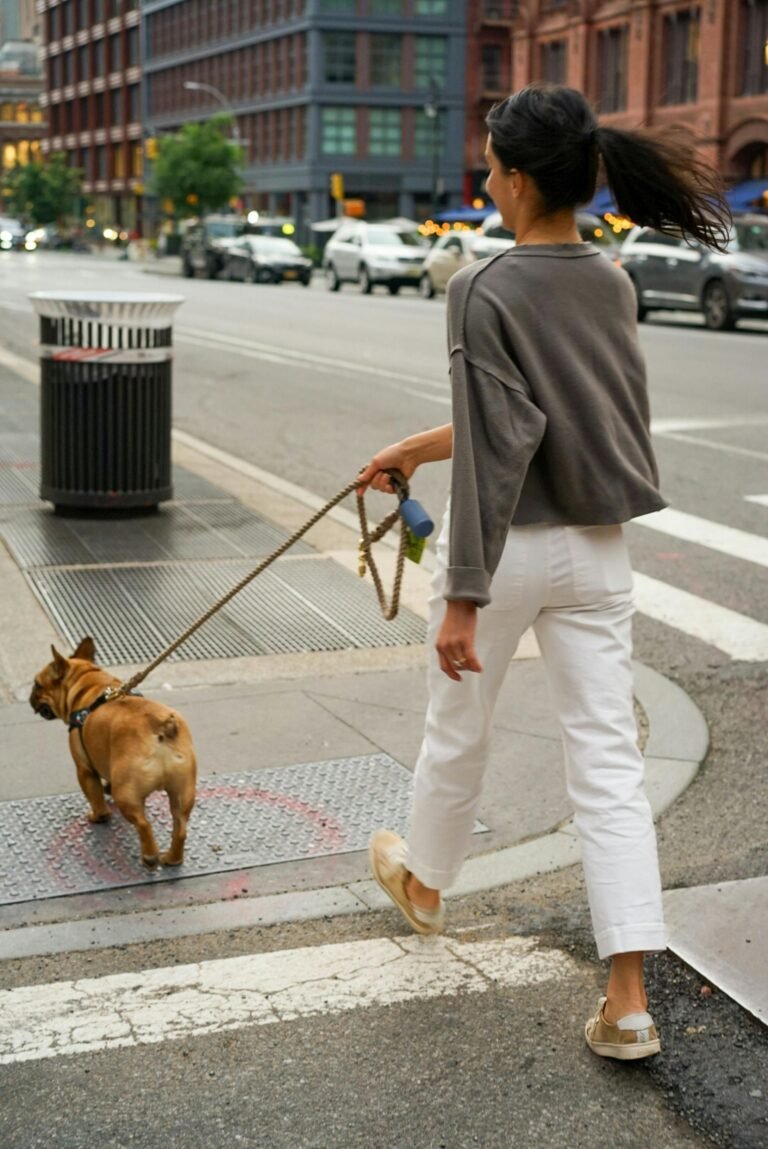Introduction
Season changes bring excitement—and a few challenges—for both you and your dog. Whether it’s the warm bloom of spring or the crisp air of fall, each shift affects your dog’s coat, habits, and health. Adjusting your home and routine to match the seasons helps keep your pup comfortable, active, and safe. Here’s a complete guide to preparing your dog (and your home) for spring and fall transitions.
Why Seasonal Transitions Matter for Dogs
Dogs are sensitive to temperature, humidity, and daylight changes. These shifts can influence their coat growth, energy levels, allergies, and even behavior. By anticipating what each season brings, you can minimize stress and health risks while making life at home cozy and fun for your furry friend.
Spring: A Fresh Start for You and Your Dog
Spring means longer walks, open windows, and muddy paws. It’s a season of renewal—but also one that requires extra attention to allergies, grooming, and outdoor safety.
1. Manage Shedding and Coat Care
Most dogs “blow” their winter coats in spring, shedding thick undercoats as temperatures rise. Regular brushing removes loose fur and prevents matting. Use a de-shedding brush for double-coated breeds and bathe with a gentle, moisturizing shampoo to reduce dander buildup. Vacuum frequently or invest in a pet hair air purifier if you’re prone to allergies.
2. Check for Seasonal Allergies
Just like humans, dogs can suffer from pollen and grass allergies. Watch for signs like paw licking, ear scratching, or red, watery eyes. Wipe your dog’s paws after outdoor walks to remove allergens, and consider a HEPA air filter indoors. If symptoms persist, your vet may recommend antihistamines or allergy testing.
3. Protect Against Fleas and Ticks
Warmer weather means parasites come out of hiding. Begin or update your flea and tick prevention early—don’t wait until you spot the first bug. Inspect your dog after hikes or playtime in tall grass, especially around ears, neck, and belly.
4. Spring Cleaning—Dog Edition
As you declutter and deep clean your home, don’t forget your dog’s space. Wash bedding, sanitize toys, and clean food and water bowls. Toss damaged toys and expired treats. Check your dog’s collar and leash for wear, and restock any first-aid or grooming supplies.
5. Adjust Exercise and Hydration
As days warm up, gradually increase outdoor activity. Avoid overexertion on the first warm days, as dogs can overheat faster than expected. Always carry water and take breaks in shaded areas. Spring is also a great time to refresh training routines with new outdoor challenges.
Fall: Preparing for Cooler, Cozier Days
Fall is a favorite for many dogs—crisp air, crunchy leaves, and cozy evenings indoors. But the season also brings temperature drops, indoor allergens, and shorter daylight hours. A few small adjustments help your dog stay healthy and happy.
1. Adjust Feeding and Exercise
As temperatures cool, some dogs become more active while others slow down. Adjust feeding amounts to match energy levels—too many treats paired with less activity can lead to holiday weight gain. Maintain daily walks even as days shorten; reflective gear and LED collars help keep your dog visible during early evening strolls.
2. Keep Joints Warm and Supported
Cold weather can stiffen joints, especially in older dogs. Add soft bedding or orthopedic mats in warm spots of the house, and avoid cold tile floors. Gentle stretches or short morning walks help loosen stiff muscles. If your dog has arthritis, ask your vet about joint supplements or low-impact exercises like swimming or balance work.
3. Mind Seasonal Hazards
Fallen leaves can hide mold, ticks, or sharp debris. Keep your yard clear and supervise outdoor play. Also, be cautious with autumn decorations—corn cobs, scented candles, and chocolate treats can all pose risks to curious dogs.
4. Reassess Grooming Needs
Many dogs grow thicker coats as fall approaches. Brush regularly to distribute oils and prevent matting. For breeds that need trimming, leave coats slightly longer for insulation. Keep paws clean and moisturized—dry air and cold ground can lead to cracking.
5. Update Indoor Comfort Zones
As windows close and heaters kick in, indoor air can become dry. Use a humidifier to prevent dry skin and static shock. Wash blankets and bedding weekly to reduce dander buildup. Create cozy resting areas near family activity zones so your dog feels included but not overheated.
6. Prepare for Shorter Days
Less daylight can affect your dog’s mood and routine. Try to maintain consistent feeding, walking, and play times to stabilize their internal rhythm. Add mental enrichment indoors—puzzle feeders, hide-and-seek games, or scent training—to make up for shorter outdoor time.
Seasonal Home Checklist
Here’s a quick checklist to keep your dog comfortable all year round:
- ✅ Refresh flea, tick, and heartworm preventives each season
- ✅ Clean and rotate bedding and toys
- ✅ Inspect collars, harnesses, and ID tags for wear
- ✅ Stock up on seasonal gear—raincoat, paw balm, cooling bandana
- ✅ Adjust feeding portions and hydration based on temperature and activity
- ✅ Review your vet’s preventive care schedule each spring and fall
Bonus: Seasonal Mood Shifts
Dogs often mirror our emotions—if you feel energized in spring or cozy in fall, your dog likely does too. Incorporate seasonal rituals that enrich your bond: morning coffee walks among spring blooms, leaf-chasing games in autumn, or quiet cuddles by the fire as days cool. These small moments create rhythm and joy in your shared routine.
Conclusion
Every season brings something special—and a few new responsibilities—for dog owners. Preparing your home and habits for spring and fall transitions helps your dog stay healthy, comfortable, and happy all year long. From grooming to gear to cozy corners, a few thoughtful adjustments ensure that no matter the season, your dog feels right at home.






